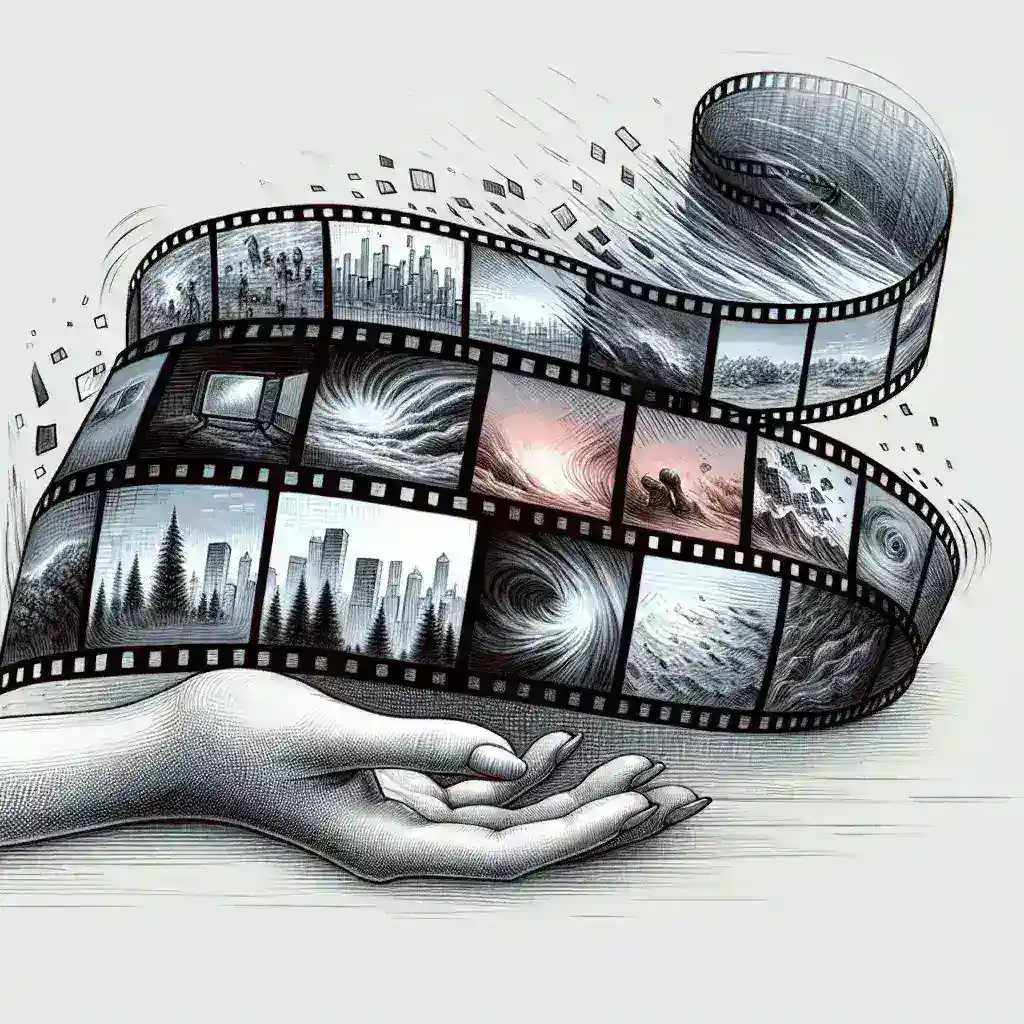Introduction
In an era where video content is becoming increasingly prevalent, the demand for realism in video production is higher than ever. However, one persistent issue remains: frame stability. This phenomenon presents significant challenges for creators striving to deliver immersive and authentic visual experiences. In this article, we will delve into why frame stability continues to be a barrier for realistic video, its implications across various fields, and potential solutions.
Understanding Frame Stability
Frame stability refers to the ability of video content to maintain a consistent and clear presentation throughout its duration. When frame stability is compromised, it can result in video jitter, motion blur, or other distortions that detract from the viewer’s experience. This problem can arise from various factors, including camera movement, environmental conditions, and the capabilities of video encoding technologies.
The Historical Context
Historically, frame stability has been a concern since the inception of motion pictures. Early films were often plagued by shaky cameras and unstable footage due to the limitations of filming equipment and techniques. As technology evolved, advancements such as steady cams and various stabilization software emerged, allowing filmmakers to create smoother shots. However, while these tools significantly improved video quality, they did not eliminate the underlying challenges associated with frame stability.
Challenges to Frame Stability
Several challenges contribute to frame stability issues:
- Camera Movement: Whether from handheld shooting or fast-paced action scenes, camera movement can disrupt frame stability.
- Environmental Factors: Wind, vibrations, and uneven surfaces can affect the steadiness of the camera, introducing instability.
- Compression Artifacts: Video compression can sometimes exacerbate frame stability issues, resulting in visual distortions.
- Hardware Limitations: Certain cameras and sensors may struggle with maintaining stability, especially in low-light conditions.
Implications of Frame Stability on Realistic Video
The impact of frame stability extends beyond aesthetic concerns; it has substantial implications across various industries:
1. Film and Television
In the film and television industry, frame stability is crucial for maintaining the audience’s immersion. A shaky camera can pull viewers out of the story, leading to a disjointed viewing experience. Directors and cinematographers must invest in stabilization technology to ensure their vision is realized without compromising quality.
2. Gaming
In the gaming industry, frame stability directly affects player engagement. Unstable video outputs can lead to motion sickness and a sense of disorientation, particularly in first-person shooters or VR environments. Therefore, game developers continuously seek innovative ways to enhance stability in real-time rendering.
3. Virtual and Augmented Reality
In VR and AR experiences, frame stability is paramount. If the frame rate drops or the visuals become shaky, users may experience discomfort or nausea. This reality necessitates advanced stabilization techniques to provide seamless interactions and maintain user satisfaction.
4. Education and Training
In educational settings, particularly those involving immersive simulations, frame stability is vital for effective learning outcomes. Unstable visuals can hinder focus and comprehension, making it essential for educators to ensure that their video materials are as stable and clear as possible.
Future Predictions and Innovations
As technology continues to advance, so too do the potential solutions for frame stability. Several exciting innovations on the horizon include:
- AI-Powered Stabilization: Artificial intelligence is poised to revolutionize frame stabilization. By analyzing and correcting motion in real time, AI can help mitigate instability issues.
- Advanced Camera Technology: The development of sensors with improved gyroscopic capabilities may lead to enhanced stabilization features built directly into cameras.
- Software Enhancements: Video editing software is becoming increasingly sophisticated, offering advanced stabilization tools that can correct shaky footage during post-production.
Steps to Improve Frame Stability
For creators looking to enhance frame stability in their videos, here are some practical steps:
- Use Stabilization Equipment: Invest in tools such as gimbals, steadicams, or drones equipped with stabilization technology.
- Plan Your Shots: Consider the environment and potential movements during filming. A well-planned shot can minimize the need for stabilization in post-production.
- Test Different Settings: Experiment with camera settings to find optimal configurations that can improve stability.
- Edit Wisely: Use stabilization features in your editing software to correct any minor issues that arise during filming.
Real Examples of Frame Stability Challenges
Several notable examples illustrate the importance of frame stability in video:
- Documentaries: Many documentary filmmakers find that shaky footage can detract from the authenticity of their subject matter. For instance, a documentary about wilderness exploration may require stabilization to maintain viewer engagement without losing realism.
- Sports Broadcasting: Live sports events often feature rapid movements, making frame stability critical. Unstable footage can hinder the viewing experience, leading to viewer frustration.
- Music Videos: In the music industry, the aesthetics of a video greatly impact its success. Unstable frame rates can diminish the artistic vision, necessitating careful attention to stabilization during production.
Conclusion
In conclusion, frame stability remains a significant barrier to achieving realistic video experiences. As technology evolves, so too do the methods to address this challenge. By understanding the reasons behind frame instability and actively working to counteract its effects, filmmakers, gamers, educators, and various other industries can enhance their visual presentations, ensuring that their messages resonate effectively with audiences. The future holds promise for innovations that may one day eliminate the barriers that frame stability currently presents, paving the way for even more immersive and engaging video content.

